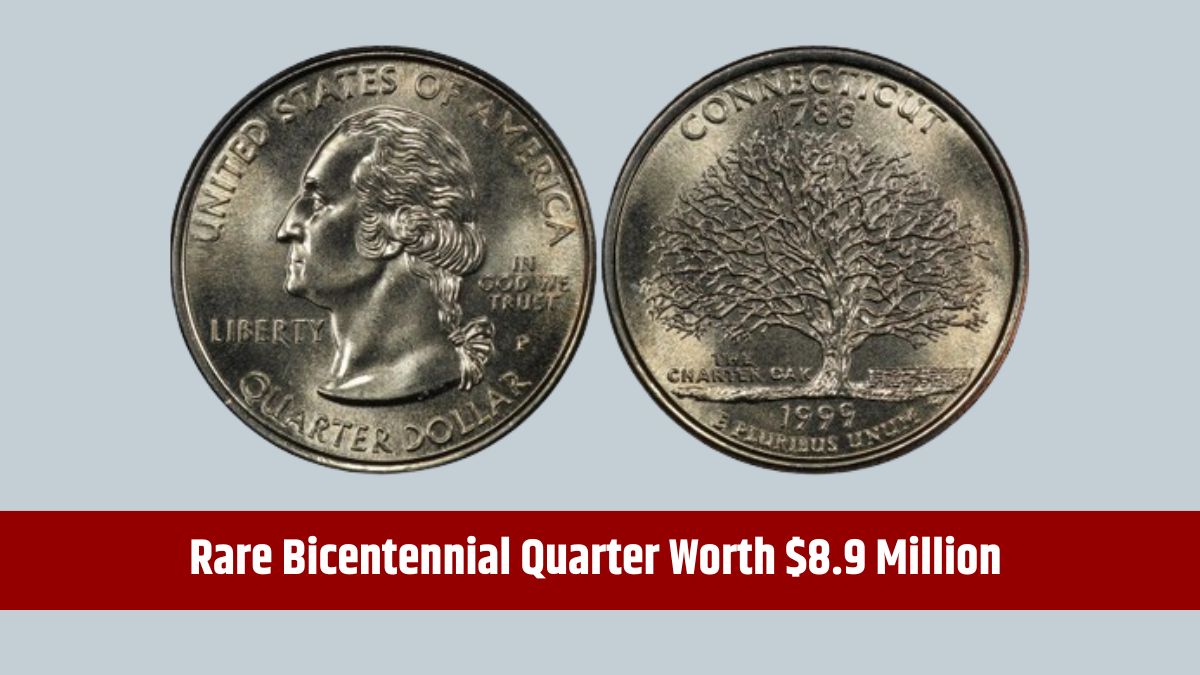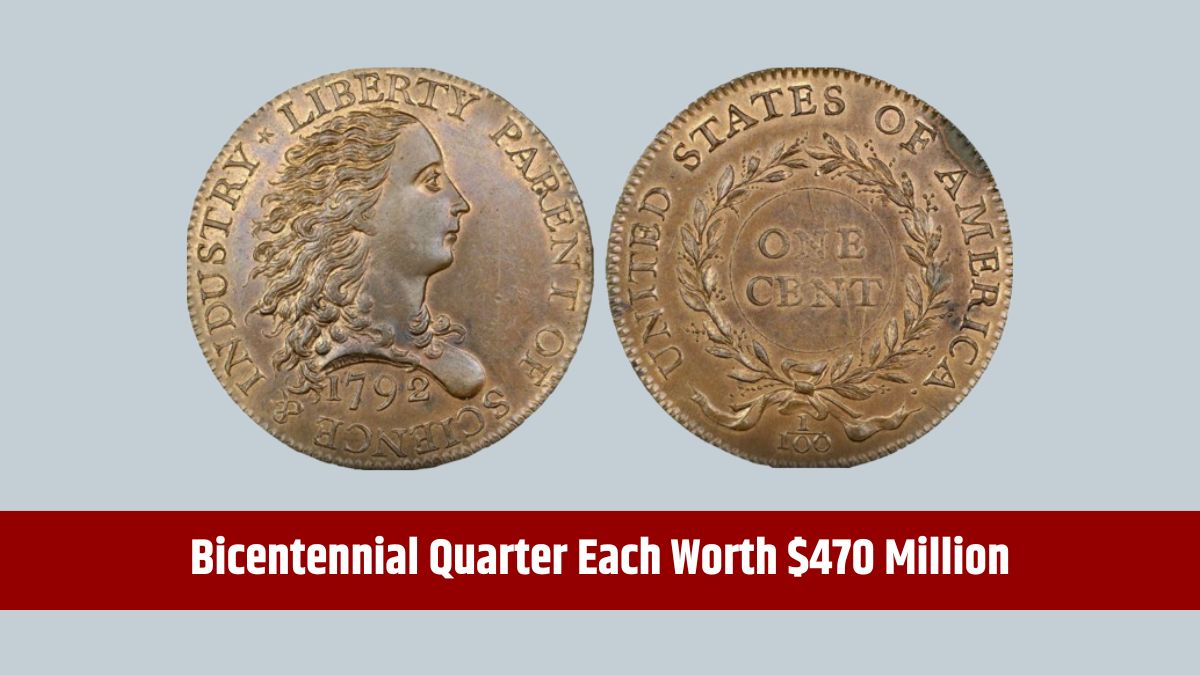In October 2024, the IRS unveiled new adjustments to federal income tax brackets and standard deductions for the 2025 tax year. These changes, which aim to align with inflation, will affect millions of taxpayers in the U.S. by shifting tax brackets and increasing deductions. Knowing these updates is essential for effective tax planning, especially with the expiration of the Tax Cuts and Jobs Act (TCJA) nearing in 2025.
Federal Tax Brackets
Federal income tax brackets refer to the progressive tax rates applied to different portions of your annual income. The U.S. federal tax system is progressive, meaning the more you earn, the higher the tax percentage you pay on income within each bracket. For example, a portion of your income is taxed at 10%, the next portion may be taxed at 12%, and so on. The IRS periodically adjusts these brackets to prevent “bracket creep,” which occurs when inflation, rather than an actual increase in purchasing power, pushes individuals into higher tax brackets.
In 2018, the TCJA introduced significant changes to federal tax rates, lowering the highest tax bracket from 39.6% to 37% and adjusting the rates of other brackets. For 2025, these updated rates remain the same as they have been since the TCJA’s implementation, but the income limits for each bracket are adjusted to counter inflation.
State Income Tax
Federal Income Tax: Federal income tax applies to all Americans who meet the income thresholds, regardless of where they live. This includes Americans living abroad or working for international employers. With the IRS’s progressive system, tax liability increases as income rises, ensuring that higher earners pay a larger share.
State Income Tax: State income tax is separate from federal income tax and varies by state. Some states mirror the federal progressive system, while others apply a flat tax rate, where all income is taxed at the same rate regardless of earnings. States with flat income tax rates are advantageous for individuals with rising incomes, as they avoid moving into higher tax brackets.
Several states, including Alaska, Florida, Nevada, South Dakota, Tennessee, Texas, Washington, and Wyoming, do not levy a state income tax, making them appealing to residents looking to reduce tax liabilities. New Hampshire is unique in that it does not tax earned income but does apply taxes to income from interest and dividends, a practice that will phase out by 2025.
Changes
In 2018, the TCJA introduced changes to federal income tax rates and deductions, with the most substantial adjustments in decades. Although the TCJA retained the seven federal income brackets, it reduced several of the tax rates:
- The highest rate dropped from 39.6% to 37%
- The 33% bracket was lowered to 32%
- The 28% bracket was reduced to 24%
- The 25% bracket became 22%
- The 15% bracket dropped to 12%
- The lowest bracket, 10%, and the 35% bracket remained unchanged.
For 2025, these rates are maintained, but the IRS has adjusted the income thresholds within each bracket to counter inflation. These adjustments aim to ensure that inflation alone does not push taxpayers into higher brackets without actual increases in purchasing power.
| Tax Year | Number of Brackets | Top Tax Rate | Changes |
|---|---|---|---|
| 2017 | 7 | 39.6% | Standard rates before TCJA |
| 2018-2025 | 7 | 37% | Brackets adjusted by TCJA |
Adjustments
Each year, the IRS reviews income tax thresholds to keep pace with inflation. These adjustments reduce the risk of “bracket creep,” a scenario in which taxpayers might pay more taxes due to inflation rather than real income gains.
The IRS uses the Consumer Price Index (CPI) to calculate inflation-driven adjustments for tax brackets, helping taxpayers retain purchasing power and avoid unintentional increases in tax liability.
In addition to changes in income brackets, the IRS also adjusts standard deductions, which allows taxpayers to reduce their taxable income. For 2025, the IRS has raised these deductions, providing taxpayers more relief against inflation. This adjustment benefits both single filers and those who file jointly.
Tax Changes in 2025
With the TCJA’s benefits scheduled to expire in 2025, taxpayers should prepare for potential changes ahead. When the TCJA sunsets, it could bring higher tax rates and lower deductions unless Congress enacts new legislation to maintain the current tax structure.
Given these upcoming changes, it’s wise for individuals and families to assess their tax situations early and consider strategies like retirement contributions or tax-advantaged accounts to mitigate future tax liabilities.
For now, taxpayers can benefit from the IRS’s 2025 inflation adjustments by planning for the slightly higher thresholds and standard deductions.
FAQs
What are federal tax brackets?
Progressive tax rates applied to portions of annual income.
How often are tax brackets adjusted?
The IRS adjusts tax brackets annually for inflation.
Do all states have state income tax?
No, some states do not levy state income taxes.
What is bracket creep?
When inflation pushes income into a higher tax bracket.
Will TCJA changes expire?
Yes, the TCJA benefits are set to expire after 2025.






